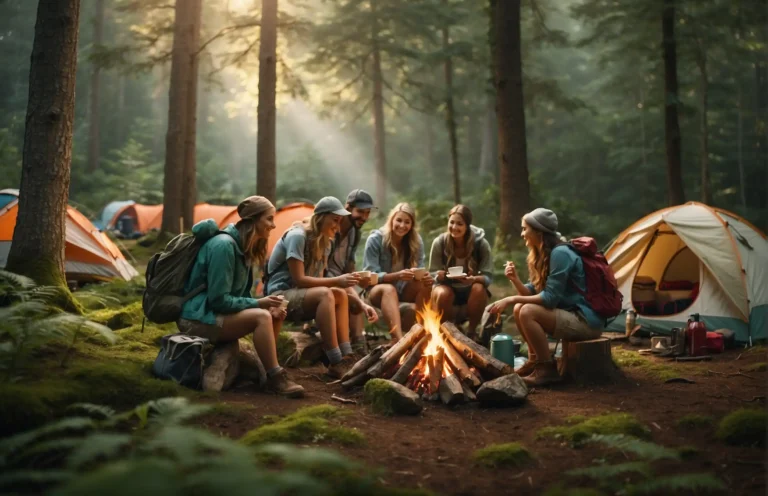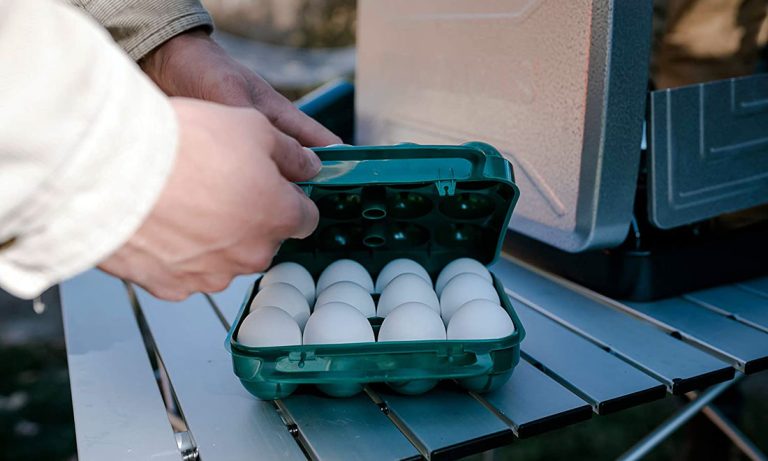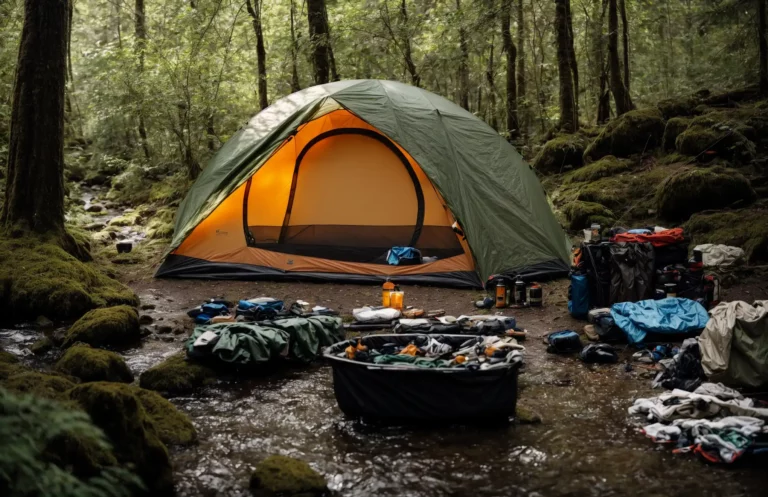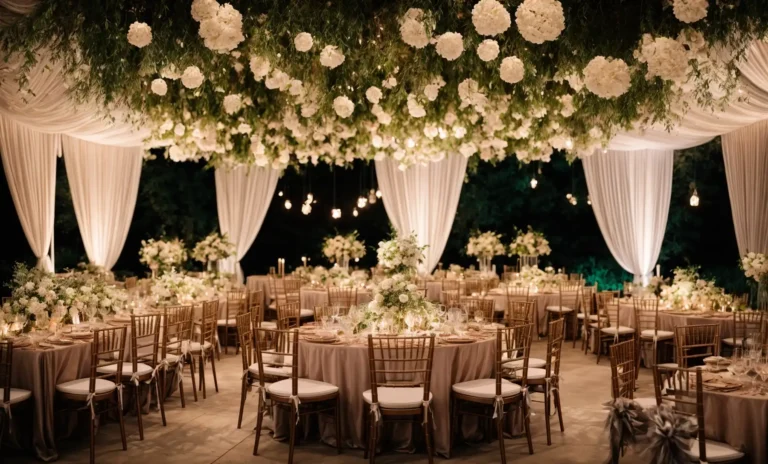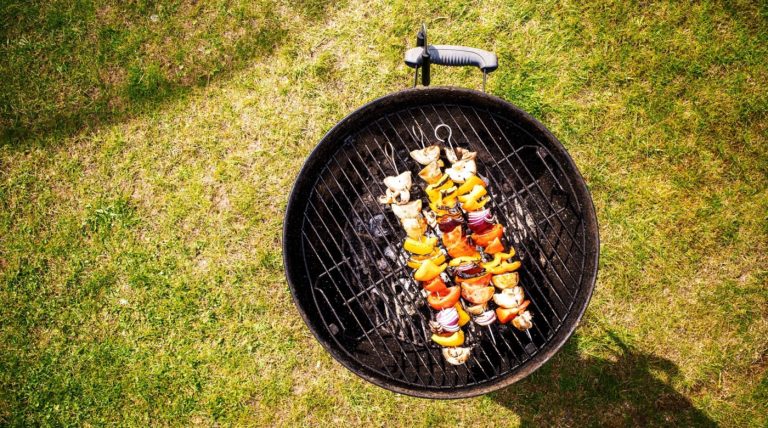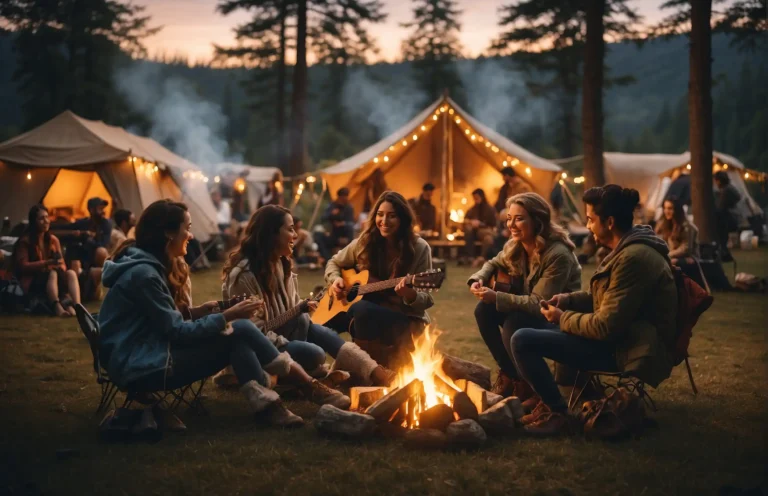To stay cool while camping without electricity, choose breathable tents and wear moisture-wicking clothing. Utilize natural shade and proper hydration to maintain comfort.
Camping in the great outdoors provides an escape from everyday life, but high temperatures can dampen the experience. Staying cool without the luxury of electric-powered cooling devices poses a challenge for many adventurers. These outdoor enthusiasts seek ways to beat the heat using simple, efficient methods.
By selecting the right gear, leveraging the environment, and employing smart strategies, it’s entirely possible to enjoy a comfortable camping trip, even on the hottest days. Implementing tips such as maximizing air flow in your tent, keeping yourself well-hydrated, and using cooling accessories can make a significant difference. This introduction embarks on the journey of learning how to embrace nature while keeping cool, ensuring that your next camping adventure is both enjoyable and refreshing.
About Off-grid Cooling
Embracing the serenity of nature often involves camping off the grid, where traditional amenities like electricity are absent. This getaway style paves the way for innovative practices to maintain comfort, particularly when it comes to staying cool. With the right strategies, off-grid cooling can transform your outdoor experience, even in the peak of summer.
The Charm of Rustic Camping
Rustic camping captivates the hearts of those who seek a genuine connection with the wilderness. Away from the hustle-bustle of modern life, it presents an unfiltered encounter with nature. However, it is essential to balance the allure of these expeditions with clever tricks to combat the heat and elevate the comfort of your rustic retreat.
Challenges of Staying Cool Without Power
The absence of electricity while camping poses a significant hurdle in controlling temperature levels. High temperatures can lead to discomfort, impact sleep, and reduce the overall enjoyment of the trip. Recognizing this, seasoned campers employ a range of non-electric cooling methods to beat the heat and ensure a pleasurable outdoor adventure.
Overview of Cooling Strategies
Several strategies pave the way for off-grid cooling, ensuring comfort without relying on power sources. Key approaches include:
- Strategic tent placement to benefit from natural shade and wind patterns
- Utilization of reflective tarps to deflect sunlight
- Natural ventilation techniques, like positioning for optimum airflow
- Adoption of cooling accessories, such as ice packs and battery-operated fans
- Wearing breathable clothing to aid in body temperature regulation
Adapting to these methods not only enriches your camping experience but also prepares you for any outdoor scenario where cooling facilities are limited or non-existent.
Maximizing Natural Shade and Ventilation
Campers often face the challenge of staying cool while disconnected from modern-day comforts like air conditioning. But fear not! The great outdoors itself offers a bounty of solutions. By selecting the right spot to set up camp, taking advantage of the natural landscape, and enhancing your tent’s ability to breathe, you can create your own slice of cool, comfortable paradise. Let’s delve into the ways you can beat the heat by maximizing natural shade and ventilation during your next camping adventure.
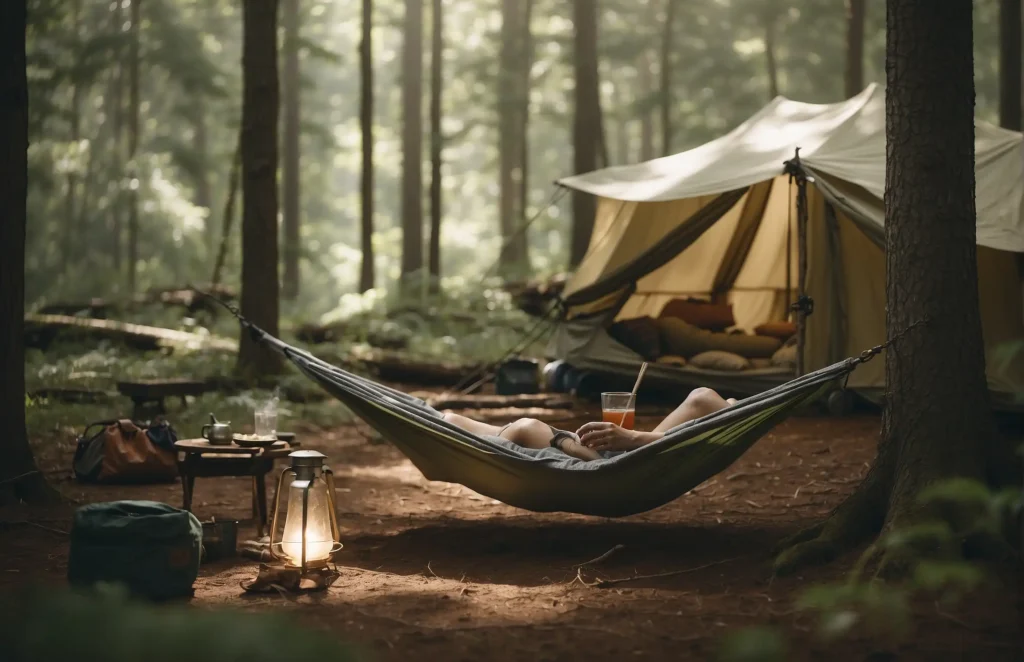
Selecting the Ideal Campsite For Coolness
Location is everything when it comes to staying cool at your campsite. Keep the following tips in mind:
- Seek out sites with natural canopy cover, such as those under large trees. This provides a shield from the sun’s direct rays.
- Choose a location away from reflective surfaces like large bodies of water or rock faces, which can intensify heat.
- Proximity to water can be a double-edged sword. While it often means cooler air, it may also attract more insects. Balance shade with comfort when picking a spot.
- Orientation matters: Set up your shelter so that it is exposed to the rising sun last and sunset first, this ensures less heat buildup during hot afternoons.
Utilizing Natural Landscapes For Shade
Let nature’s architecture work in your favor:
- Rely on tree coverage to shield your tent from harsh sunlight. Tall trees with broad leaves offer the best overhead protection.
- Utilize rock formations and hills that cast long shadows during peak sun hours to create a natural cool zone.
- Look for breezy areas such as hilltops or open meadows where air circulation is better compared to dense forest or valleys.
Improving Tent Ventilation to Reduce Heat Accumulation
Here’s how to turn your tent into a cooling haven:
| Feature | Description | Benefit |
|---|---|---|
| Mesh Panels | Part of the tent’s design that allows for air flow. | Facilitates cross-ventilation and minimizes heat. |
| Rainfly Position | Adjustable outer layer of the tent. | Keep it off during dry nights to increase air circulation. |
| Tent Orientation | Direction your tent faces relative to the wind. | Face the door or largest mesh panel into the wind for natural cooling. |
Remember to invest in tents with ample ventilation features such as roof vents or multiple doors. These design elements are critical in creating an aerodynamic flow that can waft through your tent, carrying the heat away with it.
Keeping these strategies in mind, your camping trip can be a lovely cool retreat, even without the luxury of electricity.
Choosing the Right Gear
Escaping the city bustle for the serenity of nature doesn’t mean you have to sacrifice comfort. One of the key challenges of camping, particularly in warm climates, is keeping cool without the luxury of electricity. Choosing the right gear is essential for ensuring a pleasant and cool camping experience. With the right items, you can beat the heat and fully enjoy the great outdoors.
Investing in a Breathable Tent
Your choice of tent plays a crucial role in nighttime comfort. Investing in a breathable tent made with lightweight fabrics and equipped with ample ventilation can transform your sleep under the stars. Features to look out for include:
- Mesh panels for cross ventilation
- Reflective materials that repel sunlight
- A high ceiling to allow hot air to rise away from sleeping areas
A quality tent with these features will act as your first defense against the overnight heat.
The Importance of Moisture-wicking Apparel
Staying cool isn’t just about where you sleep, but also what you wear. Moisture-wicking apparel is pivotal in maintaining body temperature. Clothing crafted from materials like polyester or merino wool can pull moisture away from your body, speeding up evaporation, and thus, the cooling process. Consider including:
| Moisture-Wicking Apparel Items |
|---|
| Lightweight shirts |
| Long-sleeve garments for sun protection |
| Quick-dry shorts and pants |
| Undergarments |
| Bandanas or headbands |
These items can significantly improve comfort during both daytime activities and restful nights.
Critical Cool Accessories: From Ice Packs To Battery-powered Fans
Last but not least, remember the critical cool accessories that can make a huge difference. Ice packs, when used in your cooler, can help keep food fresh and double as a cold compress on sweltering days. Battery-powered fans, meanwhile, offer a gentle breeze in your tent or while lounging at your campsite. Consider these accessory options:
- Portable and rechargeable battery-powered fans
- Insulated water bottles to keep drinks cold for hours
- Frozen gel ice packs for coolers and personal use
- Compact, reflective sunshades for additional shelter cooling
These items will help maintain a cooler environment and provide relief from the heat.
Creative Cooling Techniques
When the summer sun is relentless, and the thought of camping without any electricity to power a fan or air conditioner might seem daunting, fear not! There are plenty of ways to beat the heat even in the most remote, off-grid locations. Let’s explore some creative cooling techniques that will keep you comfortable and chill during your outdoor adventures.
DIY Swamp Cooler: Evaporative Cooling on the Go
A DIY swamp cooler harnesses the power of evaporative cooling, a naturally occurring phenomenon. You’ll need a container, a fan, and a porous material that can hold water. Here’s how to set it up:
- Fill a bucket or similar container with cold water.
- Submerge a cloth or sponge in the water, allowing it to soak thoroughly.
- Position the damp material in front of a battery-powered fan.
- Turn on the fan, and enjoy a refreshing, cool breeze as the water evaporates and cools the air.
This setup is portable and energy-efficient, making it ideal for locations without power. The swamp cooler is best used in dry climates, where the humidity is low enough for evaporation to have a more pronounced cooling effect.
Cold Water and Its Versatile Cooling Uses
Cold water isn’t just for drinking; it’s a multipurpose cooling agent that’s perfect for those hot camping days and nights. Consider these uses:
- Soak a bandana in cold water and drape it over your neck. The moisture will help lower your body temperature as it evaporates.
- Keep water bottles frozen prior to your trip, using them as ice packs in your cooler. As they melt, you’ll have ice-cold water to drink.
- Dab cold water on pulse points like your wrists, ankles, and temples for an instant cool-down.
Staying hydrated is crucial, so always have plenty of cold water on hand—not just for drinking, but for these cooling techniques as well.
Bedding Hacks to Stay Cool Overnight
The right bedding hacks can turn a sweltering tent into a comfortable sleeping oasis. Here’s what you can do:
| Material | Action | Effect |
|---|---|---|
| Breathable fabrics | Use sheets and sleepwear made of cotton or linen | Encourages air circulation and wicks away moisture |
| Special cooling pillows and mats | Place these beneath you as you sleep | Absorbs and dissipates heat to keep you cool |
| Elevated cots or air mattresses | Sleep on surfaces that allow air to flow underneath | Reduces heat accumulation and promotes cooling airflow |
Additionally, consider sleeping only under a lightweight sheet or even a mosquito net. The lighter the materials, the less they’ll retain heat, assisting in keeping you cool throughout the night.
Learn: How Much Water to Bring Camping
Staying Hydrated and Protected
Searing heat and humid nights can transform your idyllic camping getaway into an endurance test. However, with the right strategy, you can beat the heat and enjoy the great outdoors without the luxury of electricity. Focusing on hydration and protection from the sun not only improves comfort but is crucial for your health and safety.
Significance of Hydration in Regulating Body Temperature
Water is the body’s primary coolant. As you engage in outdoor activities, your body loses fluids through sweat. Maintaining a high level of hydration is essential for your body to regulate temperature effectively.
- Drink water regularly, even if you do not feel thirsty.
- Aim for clear or light yellow urine as an indication of proper hydration.
- Include hydration supplements or electrolyte drinks to replenish salts lost through sweating.
Sunscreen and Protective Clothing as Coolants
Applying sunscreen with a high SPF not only protects your skin from harmful UV rays but can also help keep your body cool. Reapply sunscreen according to the label instructions, especially after swimming or sweating.
| Item | Description |
|---|---|
| Loose-fitting, light-colored clothing | Reflects sunlight and allows your body to cool more efficiently. |
| Broad-brimmed hats | Shields the face and neck for additional sun protection. |
| UV-blocking sunglasses | Protects eyes from glare and reduces strain. |
Integrating sun-protective gear with sunscreen maximizes your defense against heat-related distress.
Adapting Your Camping Schedule to Heat Patterns
To avoid the harshest heat, align your activities with cooler times of the day.
- Schedule hikes and vigorous activities around dawn or dusk when the temperature is cooler.
- Take advantage of midday shade for low-energy tasks or relaxation.
- Set up camp in locations that will offer ample afternoon shade.
By staying mindful of the sun’s position and intensity throughout the day, your camping experience remains pleasurable and safe.
Conclusion
Embracing the simplicity of nature need not lead to discomfort. By implementing these creative, no-power solutions, you can beat the heat and enjoy your camping adventure to the fullest. Remember, planning ahead and choosing the right gear are key. Stay refreshed, stay smart, and make every outdoor experience a cool one. Transform your outdoor experiences with our expert tips in the Learning category at Outdoor Awaits. See you there!

